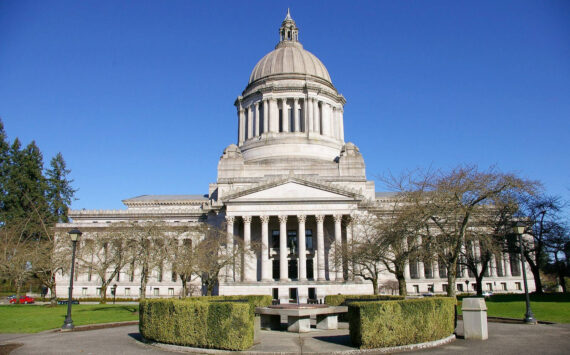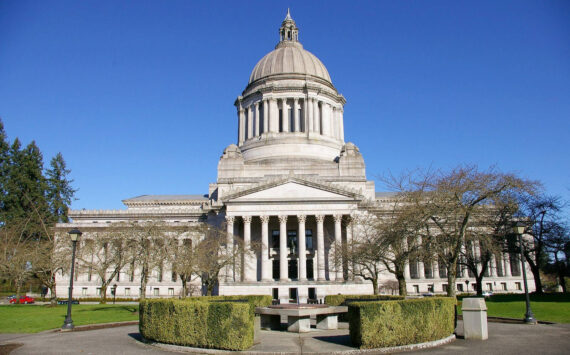Representatives from the Tacoma Neighborhood Council provided status reports Tuesday to the mayor and members of the city council regarding the state of Tacomas neighborhoods.
A tremendous partnership has been established between citizens and government, said Elton Gatewood, Neighborhood Council Coordinator, who led a presentation during the council study session that was largely positive, yet also focused on areas of concern in the city. The opportunities for citizen involvement and two-way communication have increased.
Still, Gatewood expressed concern for the need to balance available resources to address physical improvements in residential neighborhoods, as well as the need for additional infrastructure improvements, stronger enforcement of existing codes, and responsiveness and accountability to Tacoma residents.
The Neighborhood Council includes representatives from the citys eight districts (Northeast Tacoma, New Tacoma, Eastside, South End, South Tacoma, Central, North End, and West End) and serves as an advisory body to the city on matters concerning the general health, safety, and welfare of their neighborhoods.
South End representative Fred Berkshire reported that his neighborhood still suffered from the persistent problems of gangs, drug use, and vandalism. Were working on anything and everything that focuses on improvements to South End Tacoma, he said. We still have problems with drive-by shootings and vandalism, and we definitely need increased vigilance to get these people under control.
Still, Berkshire reported that South End teenagers and seniors worked together recently thanks to a $7,500 grant benefiting teens at Lincoln High Schools. The result? Approximately 540 hours of community service for the elderly. This was a situation where the elderly were afraid of the neighborhood youth, and young people didnt know they were scaring the elderly, he said. Youth are now assisting the elderly. Its provided a calming effect in the neighborhood.
New Tacoma representative Bill Garl had the most positive report. Whats most exciting at this point is the amount of residential footprints in the area, he said. The New Tacoma neighborhood largely encompasses the industrial-focused Tacoma tideflats. Our focus right now is to increase partnerships with surrounding neighborhood groups, and build partnerships to resolve issues.
Eastside representative John Hargroves said upgraded street lighting and park improvements were the most recent accomplishments in his neighborhood. However, he also called for the city to address the enforcement of blighted properties and illegal dumping.
Central representative Steve Apling echoed those comments. Blight from derelict buildings and slum landlords is an issue, he said. Its almost impossible to get this issue resolved.
The Neighborhood Council dates back to 1990, when city officials and residents hosted a community summit at the University of Puget Sound designed to find solutions to problems that had overrun Tacoma neighborhoods — problems such as violent crime, illegal drug activity, derelict property, and abandoned vehicles.
That summit resulted in the formation of the Neighborhood Council.
Though it had similarities and ties to the United Neighbors of Tacoma, it was a new program that represented the city’s eight districts and shared resources with the Community Council — a non-profit organization that serves as a forum for discussion of issues related to neighborhood planning.
Together, the two councils hold the City Council accountable for neighborhood conditions.
“Many people, including some city officials, referred to it as a forum for malcontents,” recalled Mayor Bill Baarsma during Tuesday’s study session.
Since that time, however, city councilmembers have viewed the Neighborhood Council as an important way to keep an ear to the ground on neighborhood concerns.
City leaders last heard from the Neighborhood Council April 12, when the discussion focused on the impact of a cut in city services due to the 2005-2006 budget. In that budget, Neighborhood Council support was reduced from $80,000 to $63,000, resulting in the reduction of planning and development services through a liaison with the Economic Development Department.







